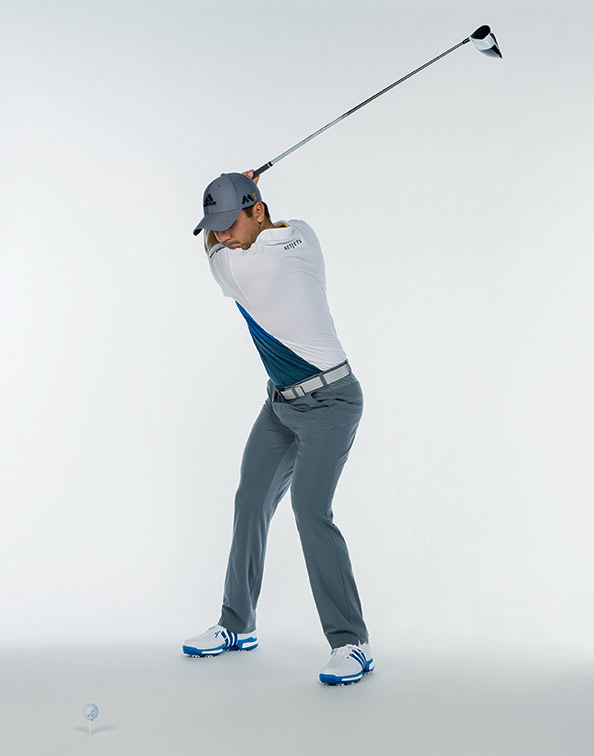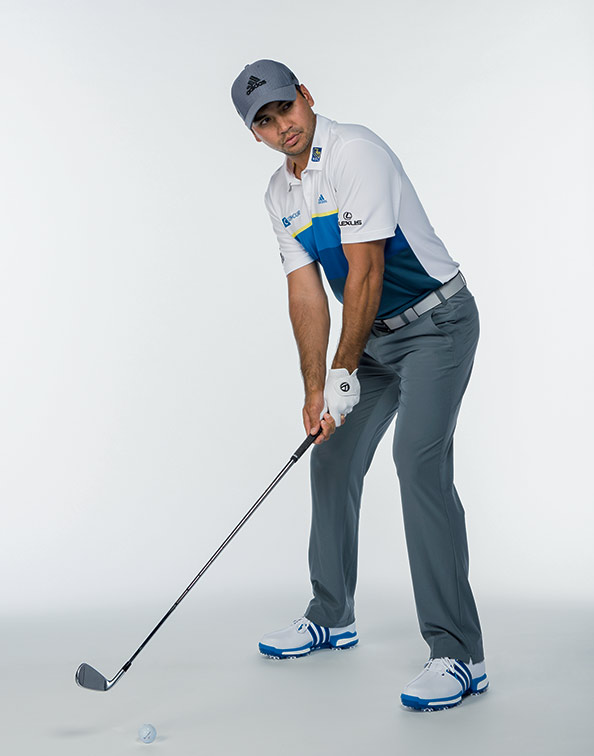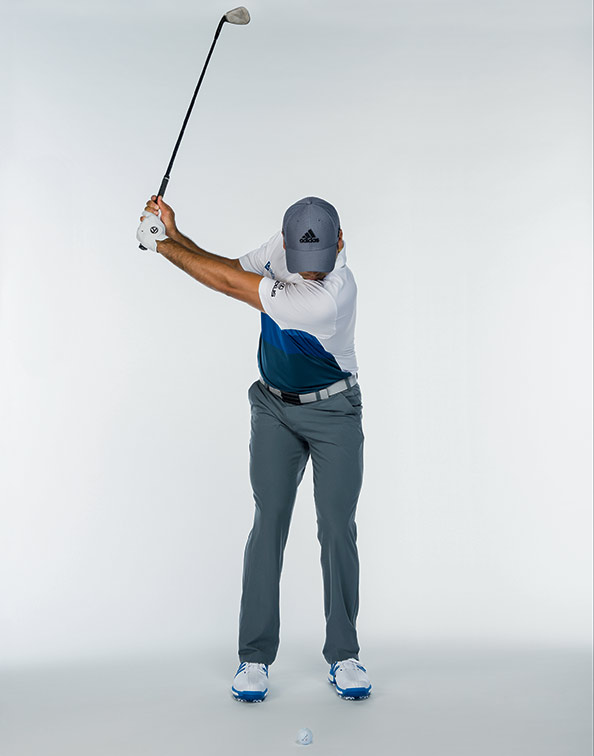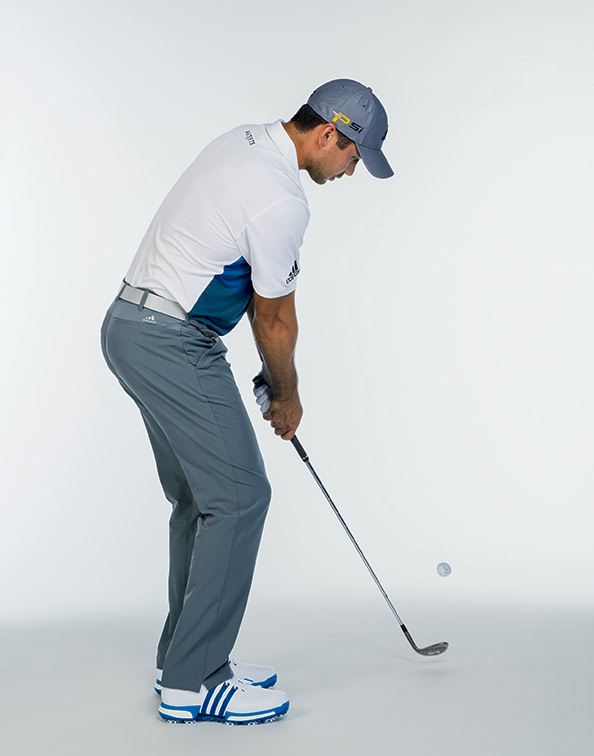Power
Don’t: swing back as far as you can
Do: feel in control at the top
Opinions vary on the proper length of the backswing, mostly because some big hitters take the club back super far – and who doesn’t want to hit the ball longer? The important thing to remember is, you should never swing back so far that you lose control of your body or the club.

As I’m often reminded by my coach, Col Swatton, the fewer moving parts you have in your swing, the fewer that can break down. It’s so true. I like to feel as if my backswing ends just before the point when my hips would start to sway away from the target. It feels compact, but I’m wound up, and there’s plenty of energy stored. So forget the old standard of swinging the club to parallel at the top. Find out what’s best for you.
Driving
Don’t: turn hard through the ball
Do: keep your head back at impact
Science has proven that hitting down on the ball with the driver is a sure way to lose distance. And that usually comes from making an aggressive upper-body move at the start of the downswing. You want your club level with the ground or moving upward when it strikes the ball. Do that, and the ball will come off the face with less backspin and the necessary trajectory to maximise distance.

So how do you sweep the ball? Where you play it in your stance (off the left heel) is important, but so is body position coming down. Your lower body should shift towards the target, but your upper body should lean away from it. This shallows your attack and creates room to swing powerfully from the inside.
Alignment
Don’t: line up for a straight shot
Do: visualise your normal ball flight
The mistake I see many amateurs make is that they set up to the ball like they’re going to hit it on a straight line to the flagstick. That alignment is good if you’re laser-straight with your irons, but most golfers I know have a little curve in their shots – and that curve is pretty consistent.

If that’s the case with your game, you’re better off adjusting your alignment so your ball has a chance of tracking into the target with your typical ball flight. In other words, if your shots tend to curve a little to the right, align your body a little left of your target.
After you adjust your alignment, stare down your target and keep visualising the shot you want to hit, even after you look back down at the ball. You might have seen my eyelids sometimes flutter before I address the ball. That’s when I’m clearing my mind of everything except my target.
Iron Play
Don’t: try to make a precise strike
Do: let the club naturally accelerate
Another thing I see in a lot of pro-ams is that my partners try too hard to control or steer the club on iron shots. Maybe because the ball is on a tight lie, which causes anxiety, or the target area is smaller than it is for a tee shot. Whatever the reason, this steery motion leads to a weak strike because the club is not swinging freely or with much speed.

Instead, let the swing’s momentum build as the club approaches the ball. The clubhead should be moving its fastest through impact – not before. This will allow you to hit the ball with maximum power and give you enough time to square the face at impact. You’ll know you accelerated correctly when the club is wrapped around you at the finish.
Pitching
Don’t: pitch from a full-swing setup
Do: start small and keep it smooth
There’s no need to apply a huge amount of power to a pitch shot – you’re going 50 metres, tops. So you don’t need to stand as wide as you do when you’re making a full swing with an iron or wood. Getting narrower with your stance also reminds you to swing back and through at a smooth pace – otherwise you’ll fall off balance.

Setting up in a standard full-swing position prompts a lot of golfers to take too big a hack at the ball. They usually realise somewhere during the swing that they’ve got too much power on tap, so they decel and hit the shot fat or thin.
If you set up in a narrow, slightly open stance and make a smooth swing back and through, the ball will come off the clubface high and soft. Then it’s just a matter of regulating the length of your swing to make the ball go the distance you want.
Chipping
Don’t: slide the club under the ball
Do: follow it with the clubhead
When hitting a chip shot, you obviously want the leading edge of your wedge to get under the ball. But you shouldn’t try to make that happen with wrist action. Too many things can go wrong when you start trying to time a wristy swing.

Instead, let the club’s design work for you. The ball will briefly roll up the clubface before vaulting towards your target. The key is to not quit at impact in fear of hitting the shot too far. You have to follow the ball with the clubhead. In reality, the clubhead should start tracking left of the target after impact, but feel like you keep it moving forward long after the ball is on its way. It’s like a good putting stroke: Chase the ball to the hole.




